The statement, “your dog has a tumor” is saddening for any dog owner. It might be surprising to learn that just like it affects humans, Crab is a deadly ailment that affects pooches too. It afflicts dogs of all ages but research has shown that older dogs that have passed the age of 10 are more susceptible.
It has become a most common ailment in dogs as experts have estimated that 1 out of every 4 pooches will most likely have Crab. However, cancer doesn’t necessarily translate to a death sentence as your dog might have more chances of survival with early diagnosis and treatment.
This is achieved by being more observant of your dog and taking all indications of sickness seriously. In some cases, you find little or no pointer early on so any time your dog develops any slight symptoms, she should be taken to the vet doctor for a proper and appropriate diagnosis.
8 Symptoms And Signs Of Cancer In Dogs
1. Lumps/Bumps
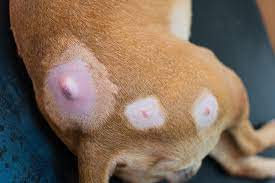
The moment you discover your pooch has developed a lump or bump, immediate action should be taken by going to the veterinarian. Although, some may be quite harmless as a result of age or genetics.
You really do not want to take any chances. Especially when the lump/bump persists, increases in size disrupts a discharge or bothers your dog. Your vet will rightfully identify which lump it is and begin treatment if necessary.
2. A Sore that Fails to Heal
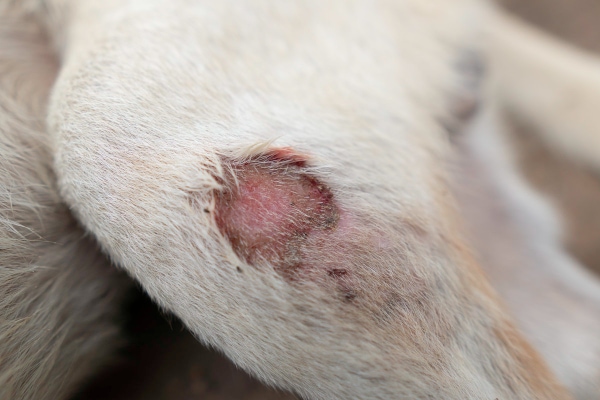
It is generally known that dogs heal fast and return to jumping and bouncing within a few days of getting wounded which is why wounds that refuse to heal should be of great concern to you. It is also classified as one of the classic indications of crab in a pooch.
3. Reduced Appetite
Loss of Appetite in dogs, especially when it occurs with a host of other manifestations must be acted upon as soon as possible. However, the dog may be allergic or some other dogs might just become picky eaters and seem less bothered about food.
The main point to note is to contact your vet whenever you observe a change in your dog’s eating habits. Also, expert advice helps with the choice of food for pets.
4. Abnormal Bleeding
Bleeding in pets that can’t be traced to a particular reason is termed abnormal. Abnormal bleeding is worrisome because it shows that there definitely is a problem in the body’s coagulation system.
Its possible causes range from minor to major sickness. It’s a reason to see the vet right away even if it is not a tumor.
5. Lameness, Pain, Swelling in the Bone.
Limping is mostly related to injuries but if it persists, in conjunction with other symptoms, malignancy is most likely the causative factor.
Thorough diagnostic testing by the vet will ascertain which it is. A swollen bone and pain in the abdomen and other body parts can be caused by a lot of things, of which cancer is included.
6. Persistent Digestive Problems.
These problems such as vomiting, diarrhea, and constipation may occur for a lot of reasons asides from Cancer. However, if normal medications don’t work, your vet may run further diagnostic tests to ascertain if it’s cancer or not.
7. Loss of Weight.
Your dog losing weight, although not uncommon, is an indication of an underlying health issue that requires you to visit the vet. Malignancy is part of the disease that can facilitate drastic weight loss in your dog. It is associated with several malignant cancers including hemangiosarcoma, osteosarcoma, and lymphoma.
Emaciation may occur due to the metabolic demands of these tumors, or due to loss of appetite and reduced activity caused by pain and discomfort. Other canine Cancers may make the process of chewing and swallowing difficult, thereby making the dog unable to eat and ultimately, weight loss.
There could be many other reasons for weight loss in dogs apart from cancer. Your dog might not be getting the right amount of nutrients in his daily diet. You can give them weight gain chews to improve their weight.
8. Dental Problems.
Dogs normally don’t have bad breath so if your dog develops one, it’s enough reason to see the vet. Strong odors, especially when they come on suddenly, can also be associated with tumors in the mouth as well as other dental disorders. Shifting of the teeth, abnormal gum color, and swelling of the face are also pointers to look out for.
What to Do?
Cancer has different types so its symptoms obviously vary. Many of its indications are also identified with a large range of other diseases so a true diagnosis of Malignancy can not be made on visible manifestation alone.
A vet won’t say your hound has a tumor just by looking. Various diagnostic tests will be carried out to determine if it is actually cancer or not.
Have you noticed any of these symptoms in your dog? Visit a Vet today!

 DogExpress
DogExpress

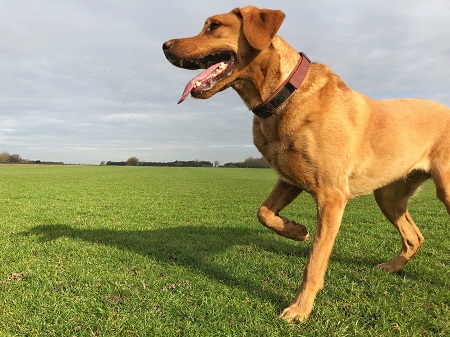
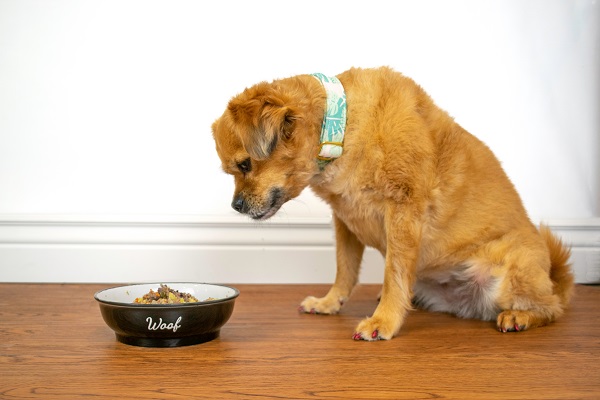
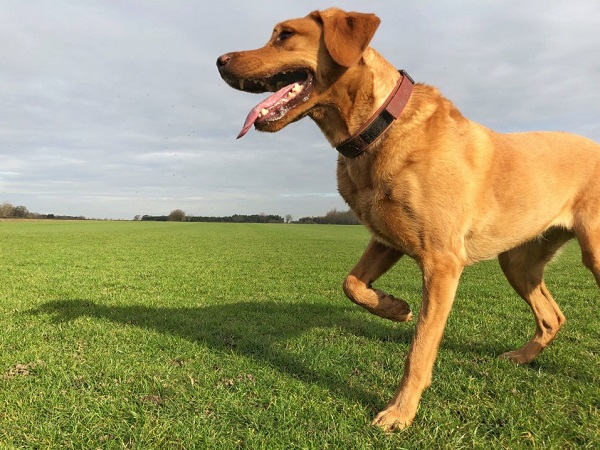

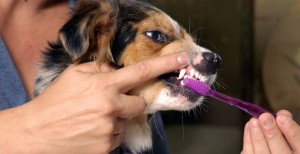



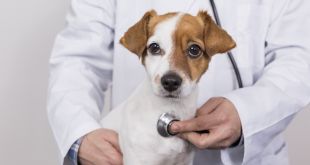












 in Chandigarh, India.
in Chandigarh, India. 
